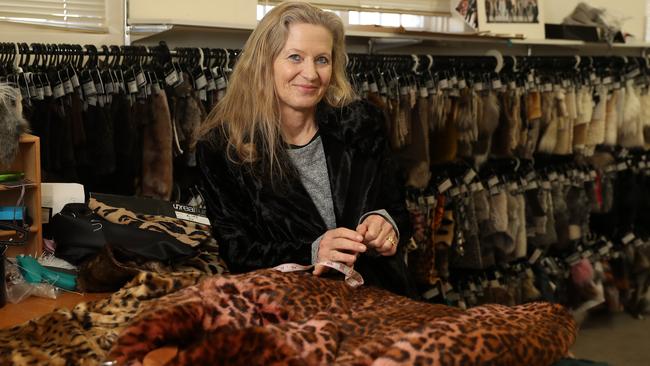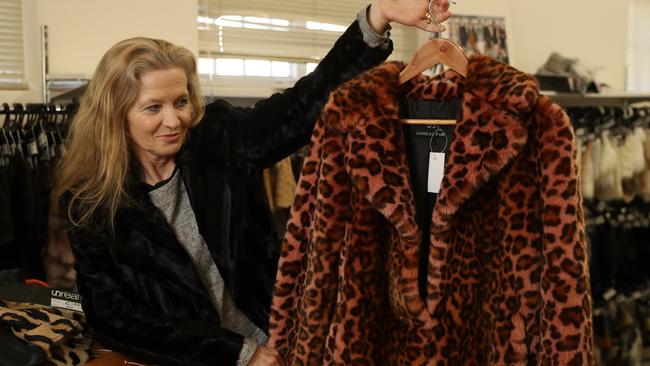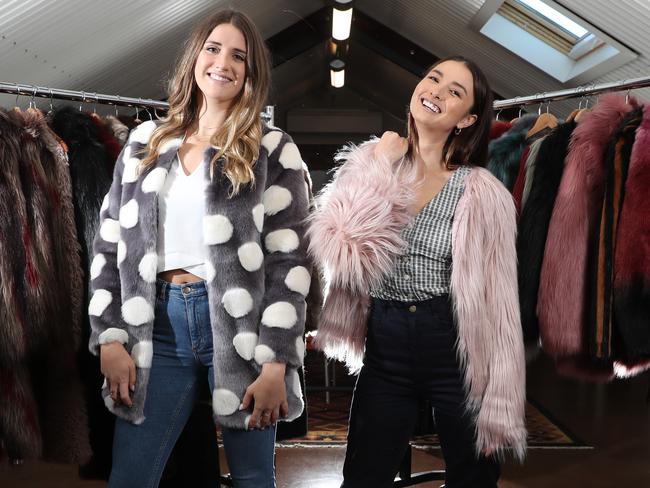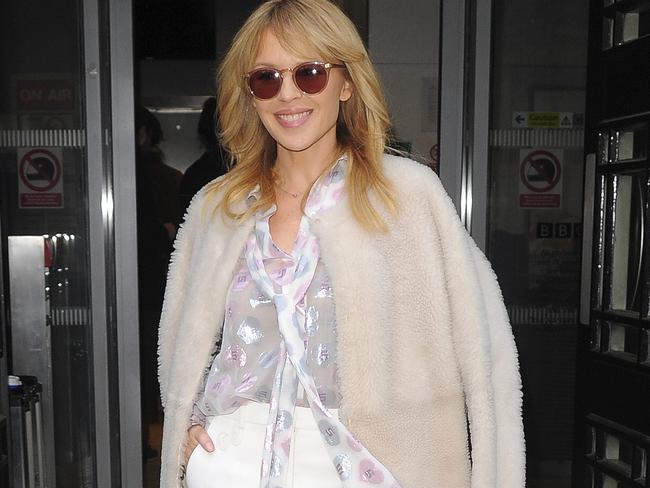Hemp could be the ethical solution to faux, real fur debate
A PRODUCT derived from marijuana could be the solution to the ultimate fashion tussle - whether to wear real fur, or go faux.

Designers
Don't miss out on the headlines from Designers. Followed categories will be added to My News.
EXCLUSIVE
IT’S the ultimate fashion tussle — whether to wear real fur and be scorned ethically or go faux and potentially harm the environment.
But the answer could lie in marijuana’s cousin, hemp.
Australian faux fur manufacturer Unreal Fur is trialling using versatile hemp fibres to make a coat which is beautiful to wear, doesn’t cost animals’ lives and won’t shed synthetic fibres which take hundreds of years to break down in the environment.
MORE: Australia’s leading hemp firm founder to speak in Darwin
MORE: Hemp is Australia’s newest superfood after being legalised

Spokeswoman Neomi Amit said swatches of fake fur fabric had already been made using hemp fibres and a coat “could be made from it tomorrow”, but the company wanted to be sure any new products had the same durability, luxurious hand-feel and quality of its existing faux fur range.
Unreal Fur coats had been worn by international celebrities including Jennifer Lawrence and Victoria’s Secret angels, Ms Amit said. Closer to home, personalities Rebecca Judd and Nadia Bartel spruiked its jackets.
“It’s still very early days but we are definitely able to achieve something very similar (to the feeling of real fur),” she said. “We are the forefront of the industry, we have the technology to achieve new things and we definitely have the capability of achieving it. Now it’s just about perfecting the recipe.”
MORE: Ex-cop builds momentum for use of hemp in homes

Hemp is already used internationally in the production of clothing, paper, biofuel and chocolate.
Vogue Australia Sustainability editor Clare Press said the trend in fashion was definitely away from real fur with many of the world’s leading fashion houses ditching it in favour of faux.
Press, who also wrote Wardrobe Crisis, a book looking at the environmental impacts of fashion, said Millennials were definitely not interested in wearing real fur.
“It’s just not cool,” she said.
And with faux fur manufacturers working towards creating jackets which were both stylish, warm and environmentally responsible, the movement away from real fur would only continue to gather pace, Ms Press said.

Model Kassandra Kashian — a former Miss Grand Australia — said she was a fan of faux fur but also understood the impact synthetic fibres had on the environment.
“I like that faux fur doesn’t harm animals but it’s not the best thing for environment,” she said. “I think it’s really exciting that a more biodegradable option is being developed.”
Creative director and co-founder of the Melbourne family business, Gilat Amir, said Unreal Fur was “very optimistic” about creating an environmentally-friendly faux fur coat and was working with mills around the world. Materials such as bamboo and recycled plastics were also possibilities for the manufacture of faux fur.
But spokesman for the Fur Information Council of America, Keith Kaplan, said there was no substitute for real fur, which was a natural, sustainable and renewable resource.
“Real fur garments are produced by hand, requiring the artistry and skilled handiwork of talented craftsmen. The amount of energy and fossil fuel required for fabrication is relatively low when compared to large, automated factories,” Mr Kaplan said. “Fake fur, on the other hand, is not renewable, sustainable or biodegradable.”

Picture: Mega Agency
But Humane Society International’s Australian animal welfare program manager Georgie Dolphin insisted the production of real fur coats caused considerable damage to the environment.
“The mass production of any product will have an environmental impact, and the dispute over this fact by real fur proponents simply distracts from the real issue,” she said.
“Fur production is renowned for extreme animal cruelty and its environmental impact is certainly nothing to be proud of. With manufacturing farms housing thousands of animals, their accumulated waste is often dispersed directly into waterways.”


